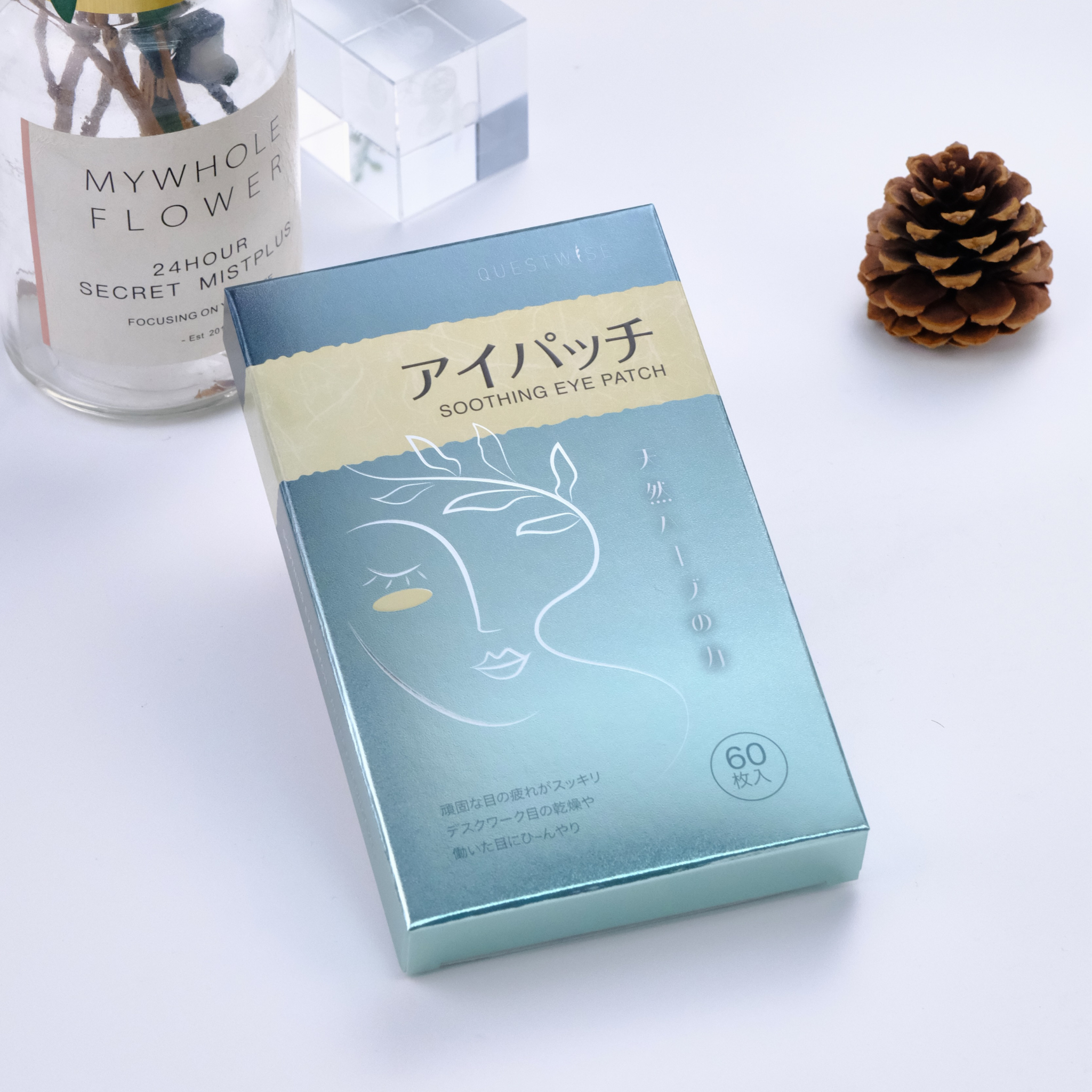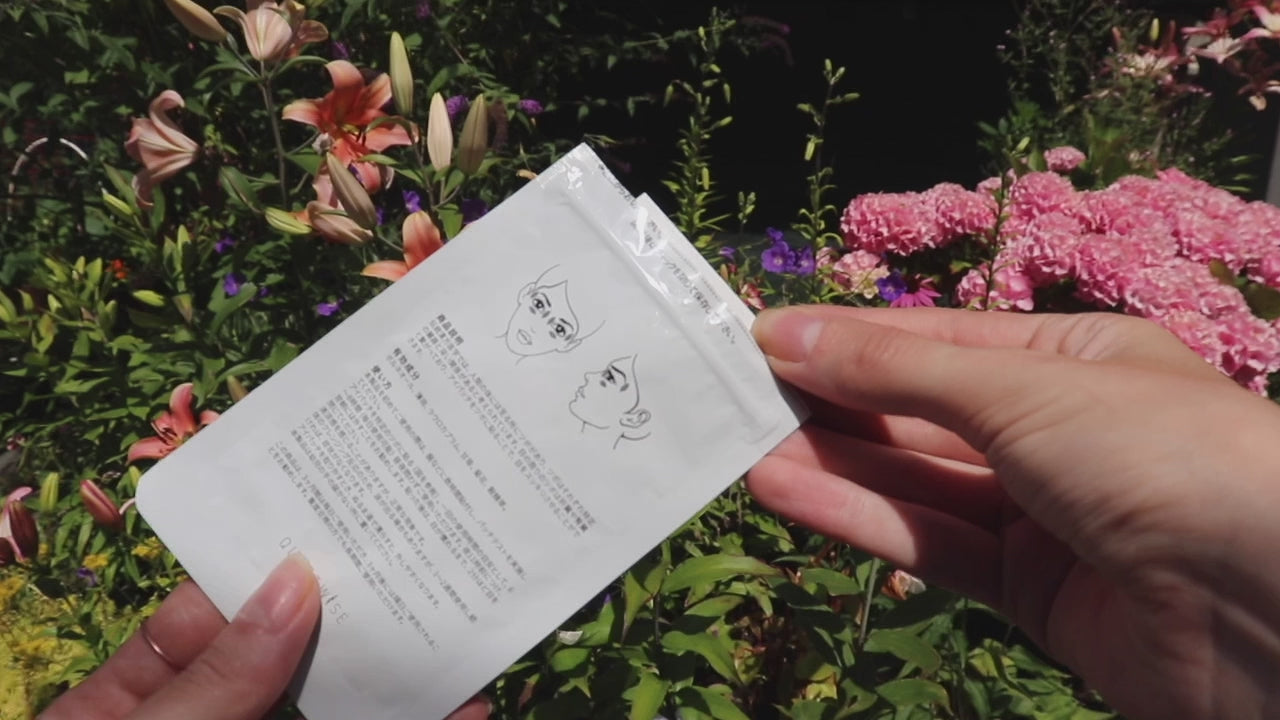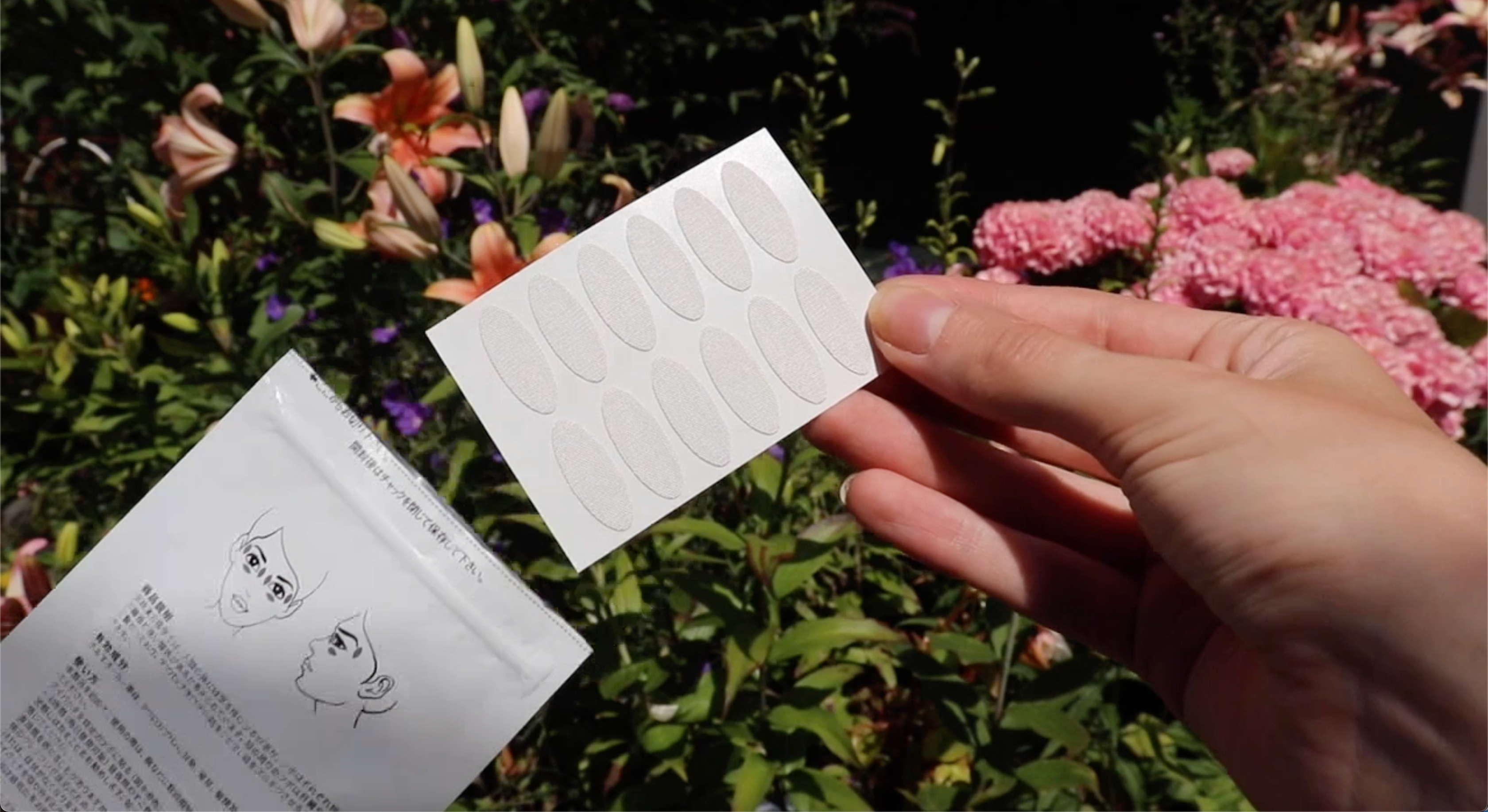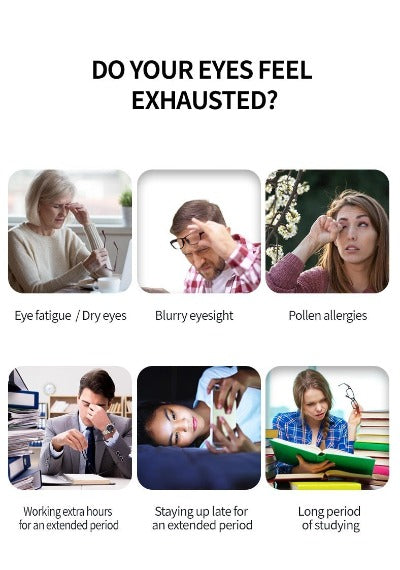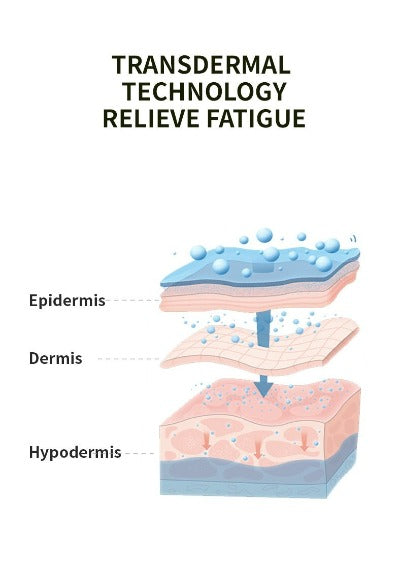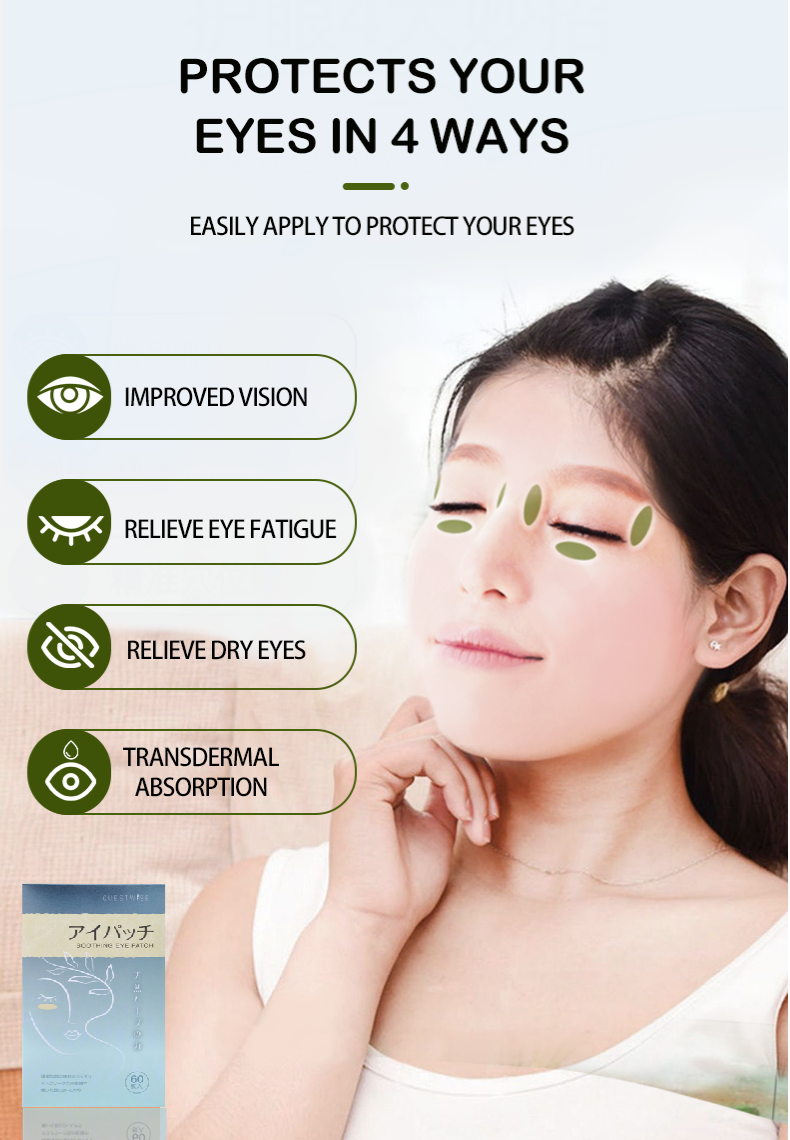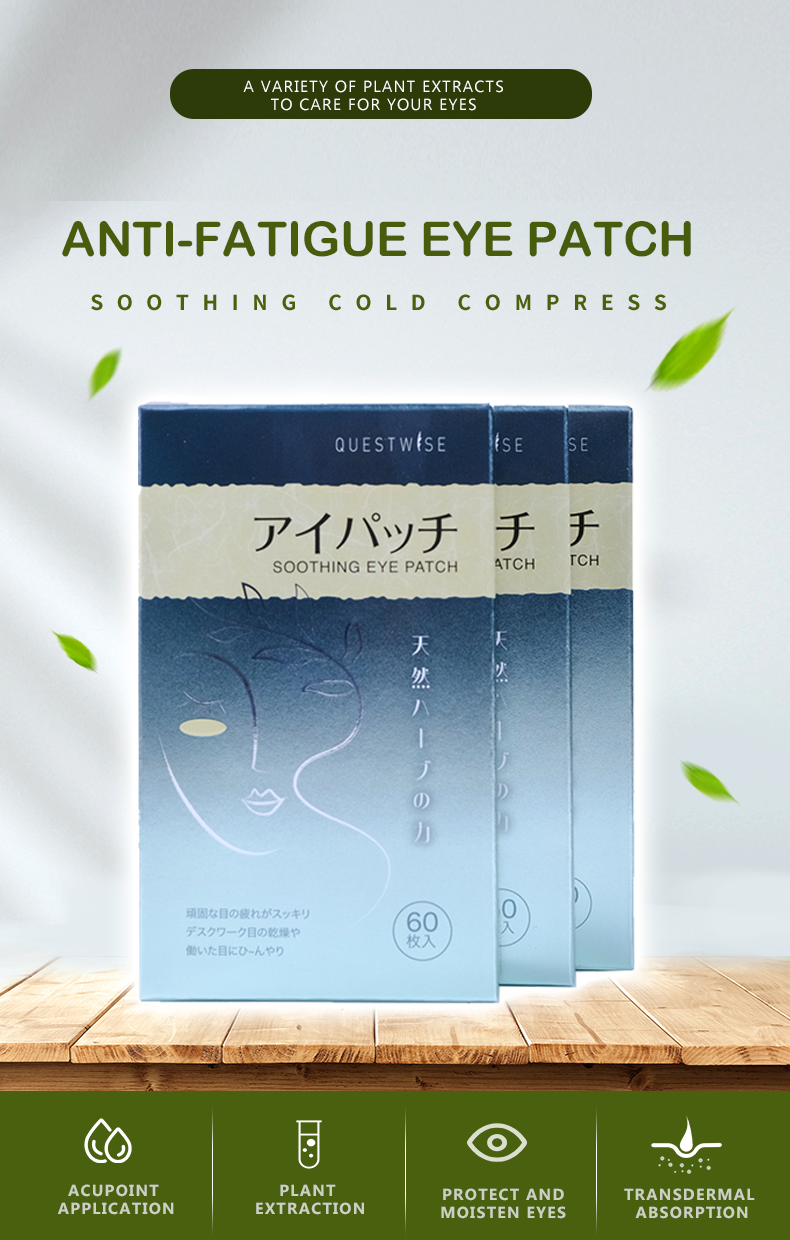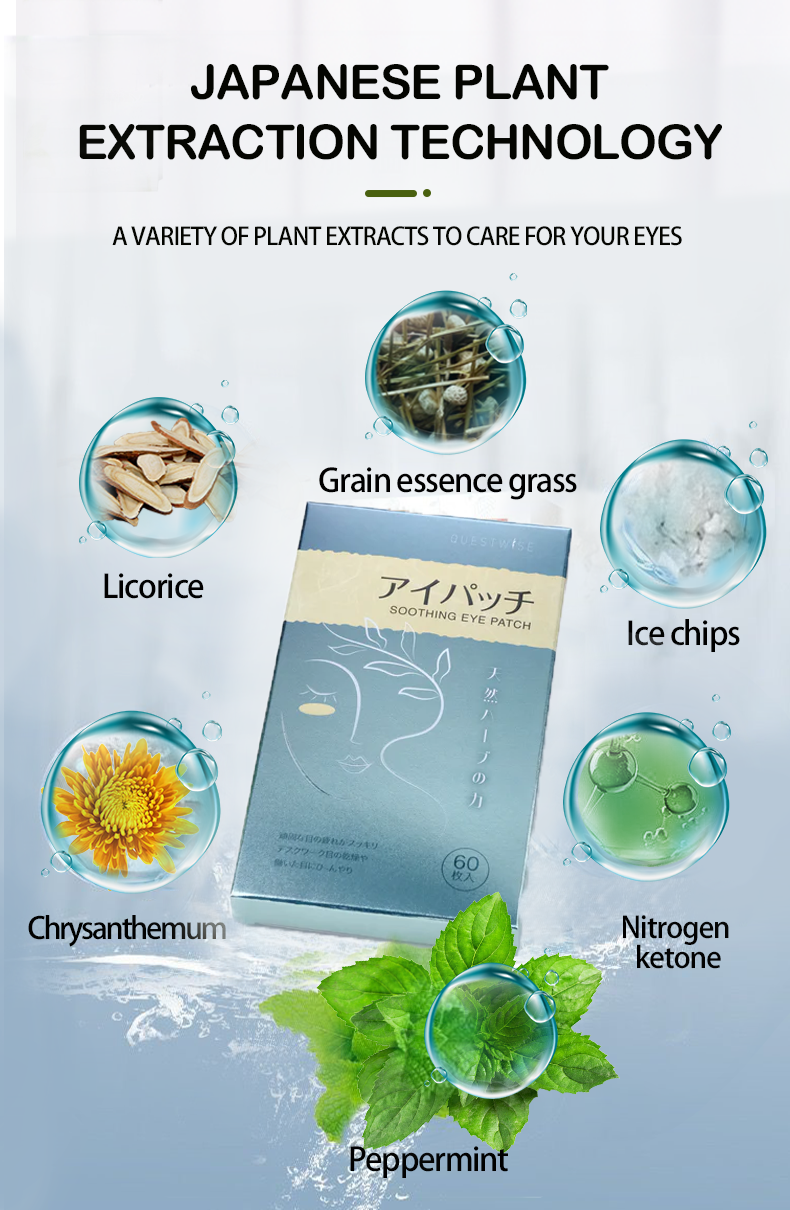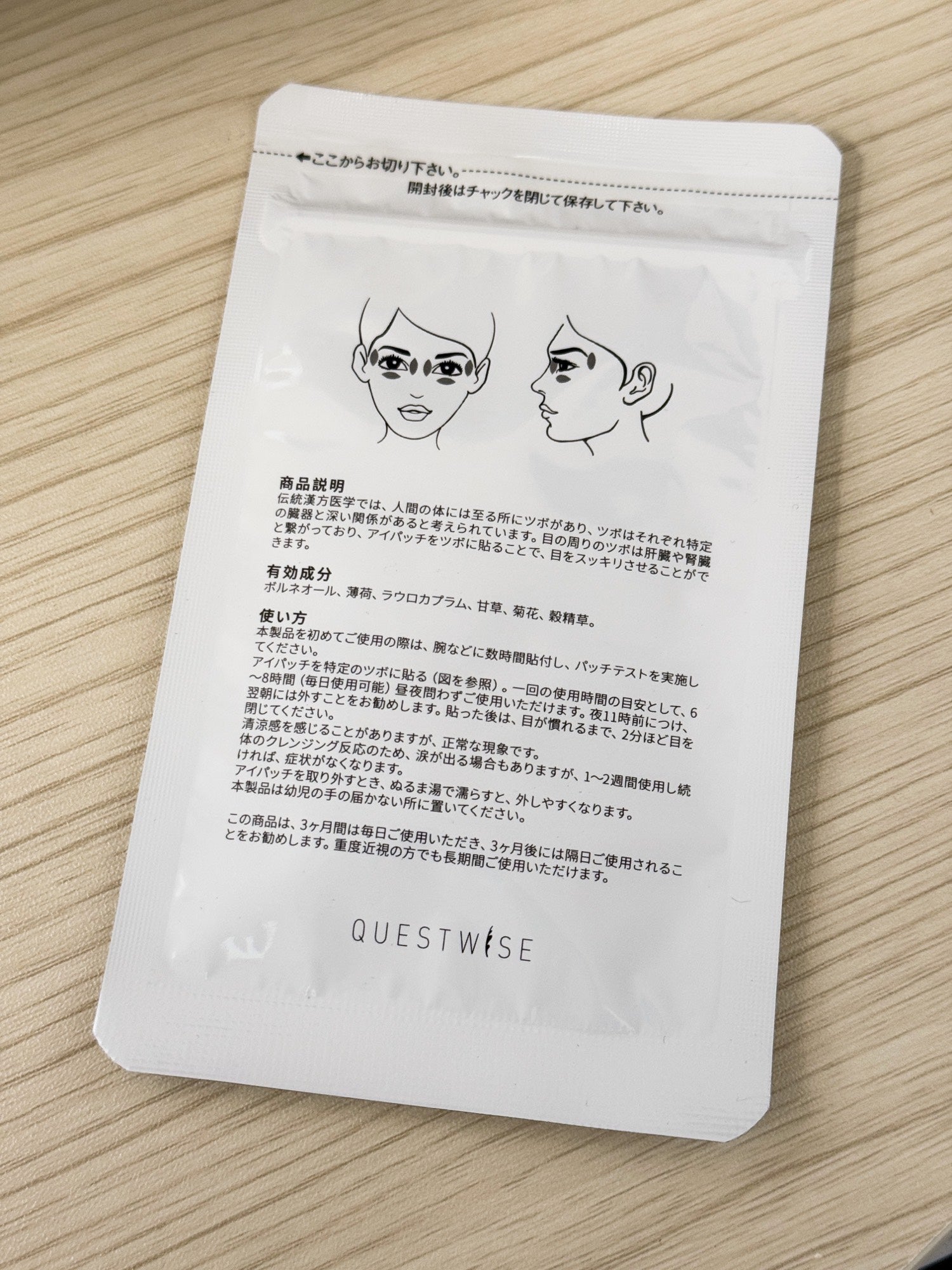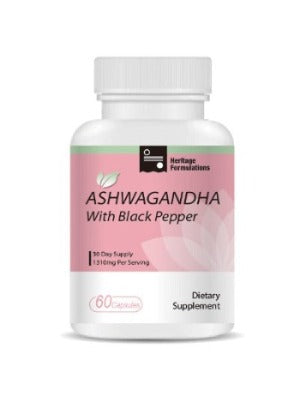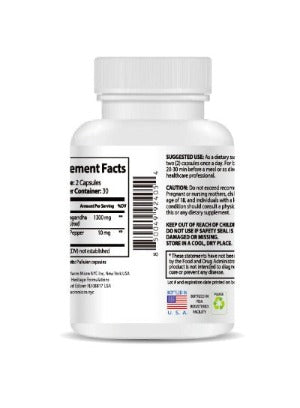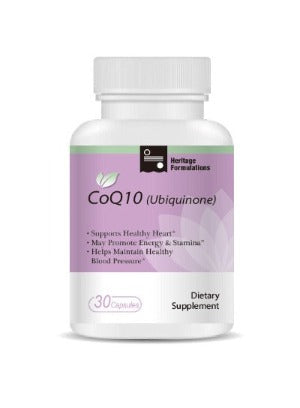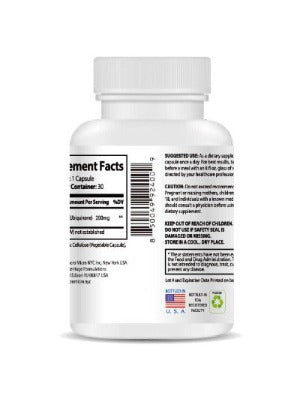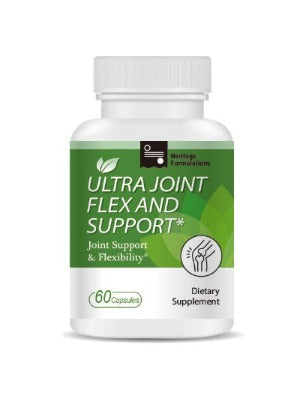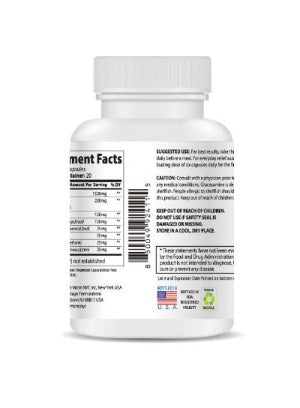High-Risk Groups, Take Note: Daily Eye Care Tips to Help Prevent Dry Eye Syndrome
Dry Eye, a prevalent condition characterized by insufficient lubrication and moisture on the ocular surface, affects millions globally. While anyone can experience Dry Eye, certain groups are significantly more susceptible. Recognizing these risk factors and proactively implementing preventive measures is crucial for maintaining optimal eye health and preventing the discomfort and potential complications associated with Dry Eye. This comprehensive guide explores these high-risk groups, details effective daily eye care strategies, and introduces a valuable product designed to support eye health and comfort. We'll delve into the science behind Dry Eye, discuss lifestyle modifications that can make a significant difference, and emphasize the importance of seeking professional help when needed.
Understanding the High-Risk Groups for Dry Eye: A Deeper Dive
The development of Dry Eye isn't random; several factors significantly increase an individual's susceptibility. Recognizing these risk factors allows for early intervention and proactive management, potentially mitigating the severity and frequency of Dry Eye symptoms. Let's explore these risk factors in greater detail:
- Age: A Gradual Decline in Tear Production: As we age, the body undergoes numerous changes, and tear production is no exception. The lacrimal glands, responsible for producing tears, naturally decline in function with age. This age-related reduction in tear volume and quality makes older adults particularly vulnerable to Dry Eye. The composition of tears also changes, becoming less effective at lubricating and protecting the eye's surface.
- Gender: Hormonal Influences and Dry Eye: Studies consistently demonstrate that women experience Dry Eye more frequently than men. This disparity is frequently attributed to hormonal fluctuations throughout a woman's life. Menstruation, pregnancy, and menopause all significantly impact hormone levels, which, in turn, can influence tear production and the stability of the tear film. These hormonal changes can lead to decreased tear secretion and increased tear film instability.
- Medical Conditions: Autoimmune Disorders and Dry Eye: Certain medical conditions are strongly associated with an increased risk of Dry Eye. Autoimmune disorders like rheumatoid arthritis, lupus, and Sjögren's syndrome frequently cause Dry Eye. These conditions disrupt the body's immune system, often leading to reduced tear production, increased inflammation in the eye, and damage to the tear-producing glands. The inflammation associated with these disorders can further exacerbate Dry Eye symptoms.
- Medication Side Effects: A Common Culprit: Many commonly prescribed medications list Dry Eye as a potential side effect. Antihistamines, antidepressants, decongestants, blood pressure medications, and certain diuretics are among the culprits. These medications can affect tear production by reducing the amount of tears produced or altering the composition of the tear film. The result is often dryness, discomfort, and irritation.
- Environmental Factors: External Stressors on the Eyes: Environmental conditions play a critical role in Dry Eye development. Prolonged exposure to dry air, wind, and air conditioning can rapidly dehydrate the eye's surface, leading to increased evaporation of tears. Similarly, spending extended periods in front of digital screens (computers, smartphones, tablets) reduces blinking frequency. Less frequent blinking means the tear film doesn't get adequately spread across the eye's surface, leading to tear film instability and dryness. Other environmental irritants, such as smoke, dust, and allergens, can worsen Dry Eye symptoms, causing inflammation and irritation.
- Lifestyle Factors: Habits That Impact Eye Health: Lifestyle choices significantly impact eye health, including the risk of Dry Eye. Lack of adequate hydration, poor nutrition, and insufficient sleep can negatively impact tear production and overall eye health. Regular consumption of alcohol and caffeine can also contribute to dehydration, exacerbating Dry Eye symptoms. Furthermore, inadequate intake of essential nutrients like omega-3 fatty acids can affect the quality and stability of the tear film.
Proactive Daily Eye Care Strategies for Dry Eye Prevention: A Holistic Approach
While some risk factors are beyond our control, incorporating these daily habits into your routine can significantly reduce your risk of developing or worsening Dry Eye. This holistic approach involves a combination of lifestyle adjustments and targeted eye care practices:
- The 20-20-20 Rule: A Simple Yet Effective Technique: For every 20 minutes spent looking at a screen, look away at an object 20 feet away for 20 seconds. This simple technique promotes regular blinking, reducing eye strain and preventing the tear film from evaporating too quickly. Regular blinking helps to naturally lubricate and moisten the eyes.
- Hydration: The Foundation of Eye Health: Drinking plenty of water throughout the day keeps your body and eyes properly hydrated, ensuring sufficient tear production. Aim for at least eight glasses of water per day, adjusting for factors like physical activity and climate.
- Omega-3 Fatty Acids: Essential Nutrients for Eye Health: Incorporate foods rich in Omega-3 fatty acids into your diet. These essential fatty acids are crucial for maintaining the health and integrity of the tear film. Good sources include fatty fish (salmon, tuna), flax seeds, and chia seeds. Omega-3s have anti-inflammatory properties that can help reduce inflammation in the eye.
- Humidifier Use: Combatting Dry Air: In dry climates or during winter months, using a humidifier at home or in the workplace can significantly improve moisture levels in the air, reducing eye dryness and preventing excessive tear evaporation. This is especially beneficial for those who spend long hours indoors.
- Protective Eyewear: Shielding Your Eyes from the Elements: When outdoors, especially on windy or sunny days, wear protective eyewear to shield your eyes from environmental irritants and reduce tear evaporation. Sunglasses with UV protection are also important for protecting your eyes from harmful sun rays.
- Artificial Tears: Temporary Relief for Dry Eyes: Over-the-counter artificial tears can provide temporary relief from Dry Eye symptoms. Choose preservative-free options whenever possible to minimize irritation. Artificial tears help to lubricate the eyes and temporarily alleviate dryness.
- Warm Compresses: Soothing Dry and Irritated Eyes: Applying a warm compress to your closed eyelids for 10-15 minutes several times a day can help stimulate tear production and soothe dry, irritated eyes. The warmth helps to relax the eye muscles and improve blood circulation.
- Avoid Smoking: Protecting Your Eyes from Damage: Smoking is a significant risk factor for many health problems, including Dry Eye. Smoking damages the tear glands and reduces tear production. Quitting smoking is crucial for improving overall health and protecting your eye health.
Introducing Wise Quest Soothing Eye Patches: Natural Support for Dry Eye
For those seeking natural support in managing Dry Eye symptoms, consider the Wise Quest Soothing Eye Patches - 1-Month Care Pack. This innovative product offers a convenient and effective approach to soothing dryness, redness, and eye strain. Made in Japan, these herbal patches are formulated with natural ingredients to provide gentle yet effective relief. They offer a convenient and comfortable way to incorporate additional eye care into your daily routine.

The Wise Quest Soothing Eye Patches provide a full month's supply, allowing for consistent daily use and noticeable improvements in eye comfort. Their natural composition is safe for regular use, providing a gentle and effective way to address the discomfort associated with Dry Eye. The patches are designed to be easy to use and comfortable to wear, making them a convenient addition to your daily eye care routine.
Seeking Professional Help: When to Consult an Eye Care Specialist
While proactive measures can significantly reduce the risk and severity of Dry Eye, it's crucial to seek professional help if you experience persistent or worsening symptoms. An ophthalmologist or optometrist can accurately diagnose the condition, determine the underlying cause, and recommend appropriate treatment options. Early intervention is essential to prevent long-term complications. Don't hesitate to schedule an appointment if you experience persistent eye dryness, burning, itching, redness, or blurry vision.
Conclusion: A Proactive Approach to Eye Health
Dry Eye is a manageable condition, but proactive measures and a holistic approach to eye care are essential. By understanding your risk factors, implementing effective daily habits, and considering supplemental products like the Wise Quest Soothing Eye Patches, you can significantly reduce your risk of Dry Eye and improve your overall eye health. Remember that maintaining good hydration, following the 20-20-20 rule, and incorporating other healthy eye habits are key. Regular consultations with your eye care professional are also vital for maintaining optimal eye health and addressing any potential concerns.


